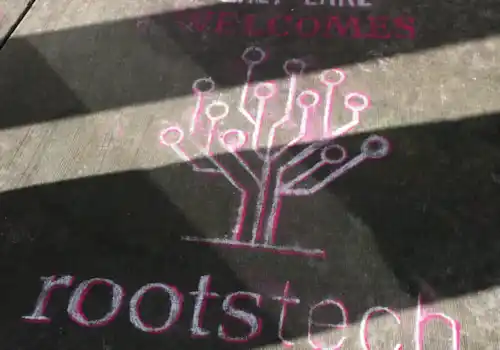01 July 2022
|
Some people are easier to trace than others in the records. Adèle Emm explains how to find traces of people you might not even know ever existed…
Women are frequent candidates for 'invisible' people; those companions, maiden aunts, nieces, an unmarried sister-in-law; appendages living on relatives’ ‘charity’.
Genealogy magazines and forums constantly receive requests from people who can’t locate an ancestor’s birth. In the early years following the Births and Deaths Registration Act 1836, many didn’t realise a child must also be officially registered. With a high level of illiteracy, it was difficult to disseminate such a law; a child was baptised – wasn’t that enough?
But why would an ancestor or someone who once lived on your street be absent from the records? Read on…
Did he or she have a stage name?
Actors and music hall artistes, like criminals, change name for professional reasons. All small towns had at least one theatre, perhaps more, and performers routinely traversed the country staying a few nights in theatrical digs.
One of the greatest Edwardian male impersonators, Winifred Emms (1883-1972; no relation of mine) was better known as Hetty King/ Etty Volta/ Polly Princess. Because her parents were in music hall, her birth was never registered; even she wasn’t sure where she was born. Now try finding this famous woman in a census. Hidden in plain sight; she is there.
Are they missing from the voters’ list?
Now I don’t know about you, but I was peeved by publicity surrounding the 2018 centenary of women getting the vote. Women didn’t miraculously appear in the 1918 electoral register just because David Lloyd George waved his magic wand.
Take my road’s Ridge family. In the 1911 Census, all residents are listed; mum, dad, two sons, two daughters. The sons marched off to war and in 1918, their names appear in the absent voters’ list because now, under the Representation of the People Act 1918, all men over 18 were enfranchised. Mum appears too. She’s married, over 30, and hubby owned the house. But what about their two daughters? Nada! Although one was 36 and the other 24, they were both single; had they been male, their names would have been there. Over the next two or so years, their brothers return from the war and marry. The two sisters also married. One moved out but the other remained at her parents’ home with her new husband.
The household now consists of four married couples but only one woman appeared in the electoral register. Mum. Why? Because only her husband fulfilled the property requirement. The other three wives were invisible until 1928.
Who lived in your street but ostensibly didn’t – and can you find them?
Or a single woman…?
Single women are the most likely to ‘disappear.’ A single woman over 21 appears in the electoral register after 1928 but before this, where were superfluous women? This term resurfaced post the carnage of WW1 but was initially coined by Harriet Martineau (1802-76) in the Edinburgh Review, April 1859, referring to the huge number of spinsters and widows with minimal resources with which to survive. Some were employed as housekeeper or companion, others (unpaid) made themselves indispensable to keep a roof over
their head.
(originally published October 2020. Reviewed July 2022)
Adèle Emm has been tracing her unusual surname since she was 17. Her books include ‘Tracing your Trade and Craftsman Ancestors’ (Pen and Sword 2015) and ‘My Ancestors Worked in Textile Mills’ (SoG 2020) Read Adèle’s website and blog here.








